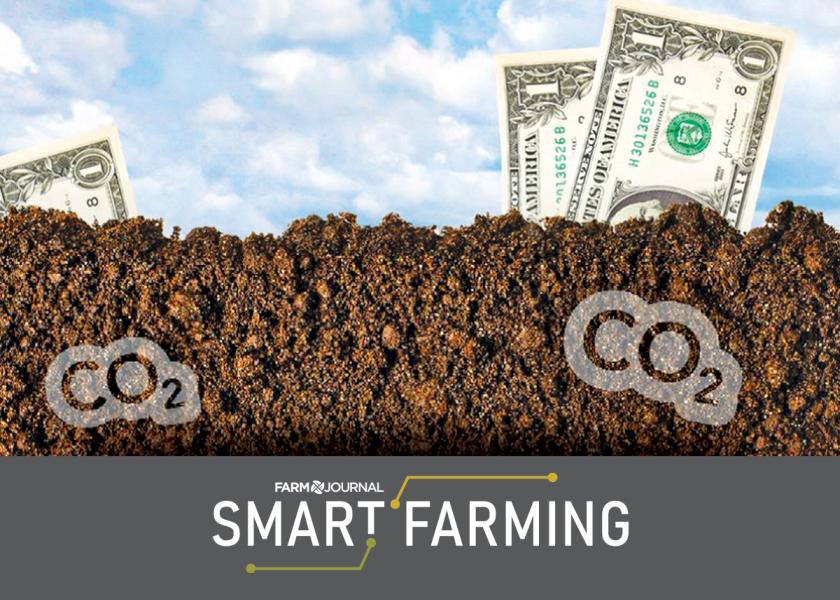What Is a Carbon Intensity Score?

Here are the FAQs for farmers who are exploring carbon’s next chapter on the farm.
What is a carbon intensity (CI) score?
Using a set of parameters determined by the Department of Energy, feedstocks for biofuels are measured for energy used to produce the grain.
How will a CI score be used?
A provision in the Inflation Reduction Act, Section 45Z, provides biofuel producers (ethanol, biodiesel and sustainable aviation fuel) with a tax credit incentive to produce low-emission fuels. The presumed model will provide for greater value for the lower the CI score of the grain is.
What is the goal for a CI score?
Currently, the standard CI score for corn is 29.1. The Inflation Reduction Act sets a weighted average below 25.
How much value should farmers think can be created with CI scores?
the Internal Revenue Service (IRS) has yet to issue its own regulation, which is the holdup for ethanol companies before giving a clear answer on the value to farmers. It’s expected the IRS will have its regulation released around the end of 2023.
What’s the timing for the Section 45Z tax credits?
Section 45Z is only good for three years: Jan. 1, 2025, to Dec. 31, 2027.
When should farmers be ready to know their CI scores?
Postharvest practices in 2023 will set the stage for the data needed for the 2024 harvest, which could be sold into 2025 and qualify for the financial incentives.
What crops are included?
Any feedstocks for ethanol, biodiesel and sustainable aviation fuel are included.
What data do farmers need to calculate their CI score?
- Yield
- Fuel usage/energy usage
- Fertilizer
- Herbicide and insecticide
- Tillage
- Cover crop (yes/no)
- Manure
How is this different than carbon offset programs?
Farmers sell grain with the grain’s carbon data associated directly to its value. This is unlike carbon offset programs, which compensate farmers for carbon as an asset itself.
Related Articles:
Carbon Intensity Is Going To Be A Team Sport
Carbon’s Next Chapter On The Farm







